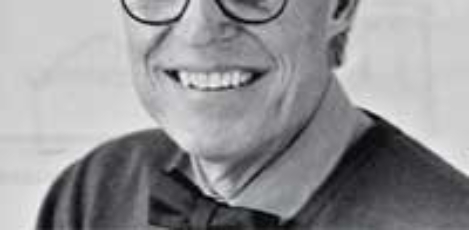July 1, 2013
Many facilities managers not engaging with industry bodies and social media
What were your thoughts on the recent announcement of the British Institute of Facilities Management (BIFM), Asset Skills, the Facilities Management Association and the Cleaning and Support Services Association agreeing to the concept of forming one single and united body to represent facilities management and support services? I suppose the devil is in the detail and clarification of “agreeing to the concept” is required. Is this going to be a quick process, something that drags on for a lengthy period and what consultation will there be? And that is the crux for me – consultation is where this could all break down. But let’s take a step back and ask how many people work in the sector and how many facilities managers do the organisations involved represent?




















July 2, 2013
Younger workers’ CSR ethics don’t necessarily extend to older generation
by Sara Bean • Comment, Legal news, News, Workplace
Is ageism one of the last bastions of accepted prejudice in the UK? Take the Daily Mail’s “night of the living dead” coverage of the Stones’ Glastonbury performance – deemed acceptable where jokes regarding gender, race or disability are not. A new survey illustrates this attitude. Nearly half of younger workers in a recent poll think older colleagues are in danger of stifling their career prospects by retiring later, that their prolonged presence could damage productivity and that they have very little to teach the younger generation. Yet over half (55 per cent) of Generation Y workers questioned in the poll say the ethical credentials of a company would influence their choice of employer. Since the scrapping of the Default Retirement Age (DRA) the number of over-65s in the labour force has exceeded one million, and the survey, carried out for KPMG by OnePoll warns that tensions could rise as the need for employees to stay in the labour force for longer growing due to social and financial pressures. (more…)